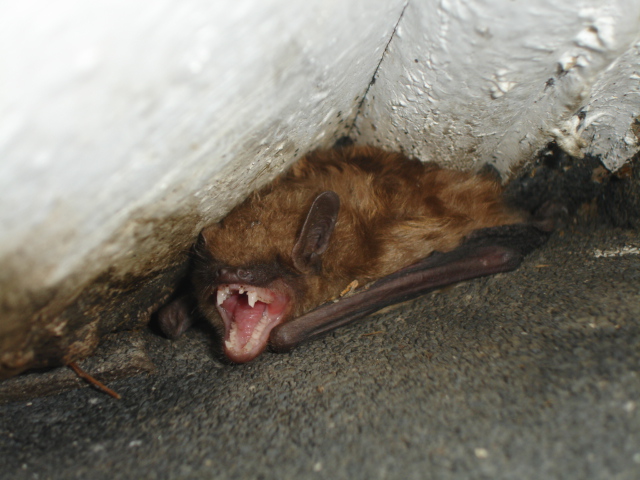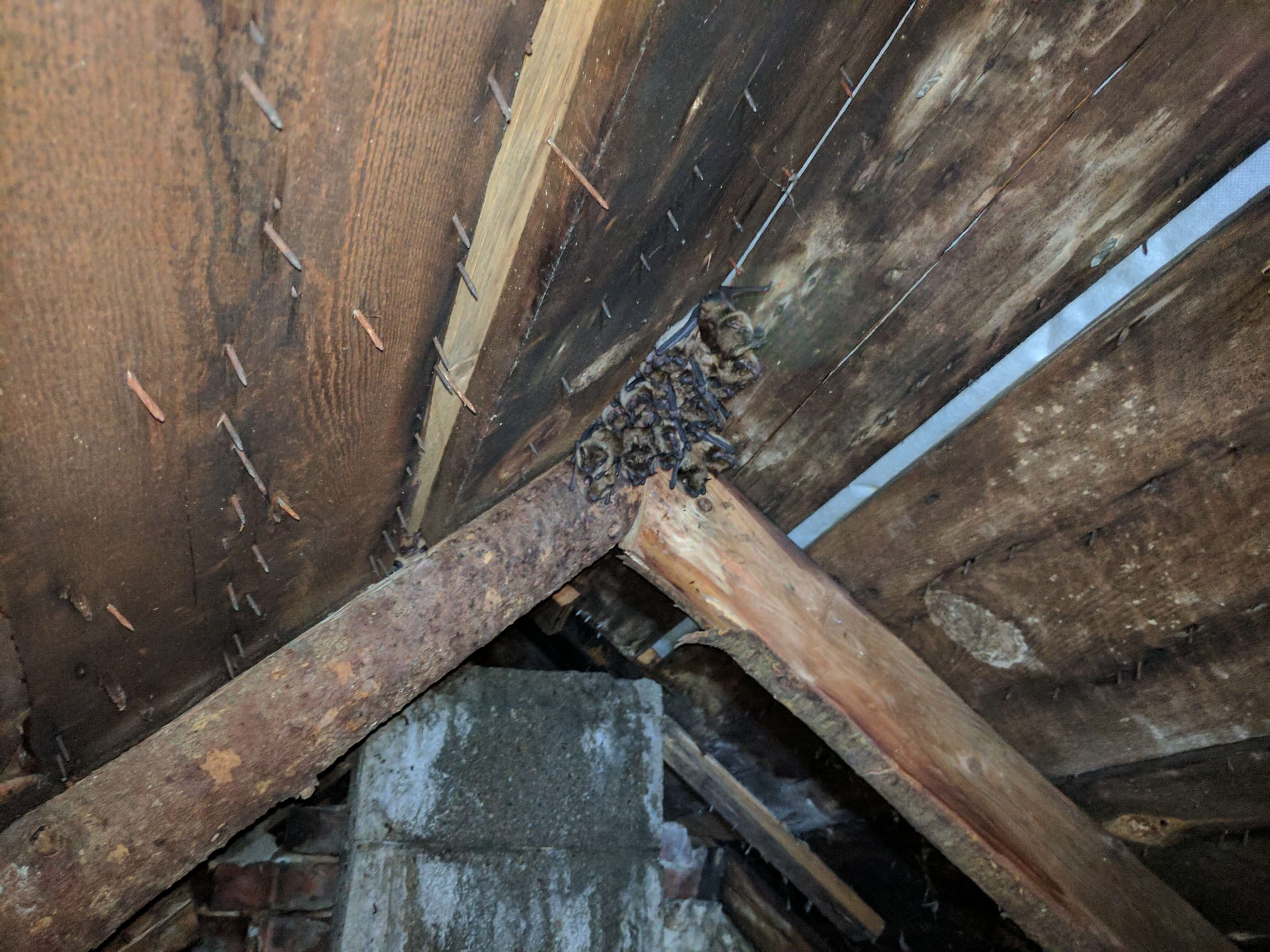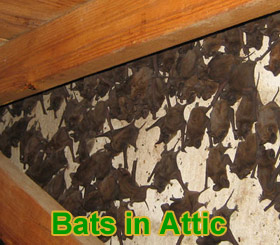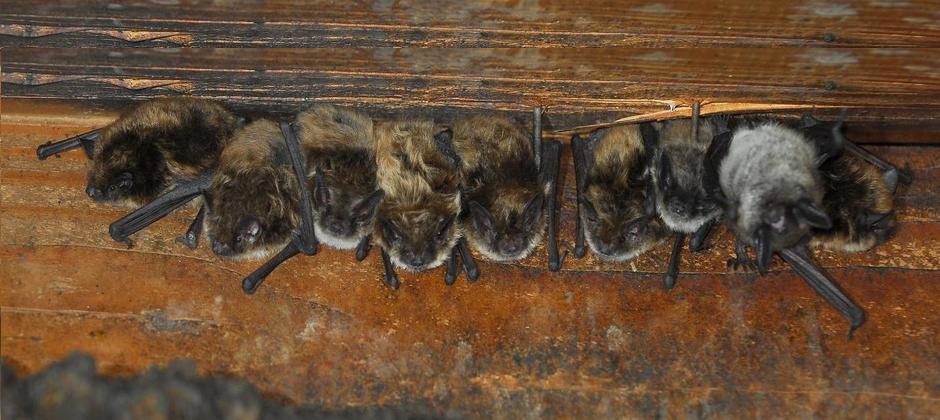Bats In Attic During Winter

The bat s entry point is likely right above the pile of droppings.
Bats in attic during winter. Hibernaculum sites range from barns and attics to caves and tunnels. Because of the extreme drop in temperature and lack of flying insects as a food source these bats must find a hospitable environment to use as their hibernaculum to endure the winter. When all bats have left the home for evening hunting this is when you should seal all entry points. They rarely hang from the ceiling in an attic during the winter because it is too cold.
Bats travel primarily through flight which expends a great deal of energy. If you locate guano on a window sill or the ground look up. Bats begin to hibernate from late fall until spring arrives. Some will fly south up to 200 miles to spend winter in a milder climate.
During the winter months bats may exit your home to search for water if the temperature move above 45 degrees. Big brown bats have figured out that attics can provide the perfect temperature for survival and have adapted to hibernating in attics rather than caves. The smell can be overpowering and it can also spread diseases. Bats will hibernate in the winter if the temperature stays at around 35 to 40 f.
Guano piles are usually near the attic s point of entry in clumps down the attic walls near the entry and exit points and on the attic floor. Bats will cluster as colonies in the same location called a hibernaculum each year to preserve body heat. Bats are animals that hibernate during the winter months and will use your home s attic to do it. But most often bats roost in attics during the winter.
Typically bats that have decided to over winter in your house will begin to hibernate as the temperature gets lower and lower. This is a good time to contact a professional removal service to have them safely removed. Bats can leave droppings called guano all over an attic. Bats often hibernate under insulation to get near warmth from a wall or ceiling.
If the hibernacula temperature is too warm then they expend too much energy. If it gets colder than that the bats in the attic will migrate out allowing you to seal up cracks and other entry points once they leave for the season. Bat require specific temperatures for hibernation ranging from 35 40 degrees fahrenheit. Bats most common source of food are insects.
If you live in an area with mild temperatures throughout the year the bats will stay year round. In ontario big brown bats and little brown bats can use the attic space of a home as their resting place. This behavior doesn t apply to all bats however. But once winter rolls around and the temperature drops the bugs go away resulting in a scarce food supply.
Some bats will end up in areas underneath the insulation or places that offer them a little shelter from the coldest weather of the winter.














































